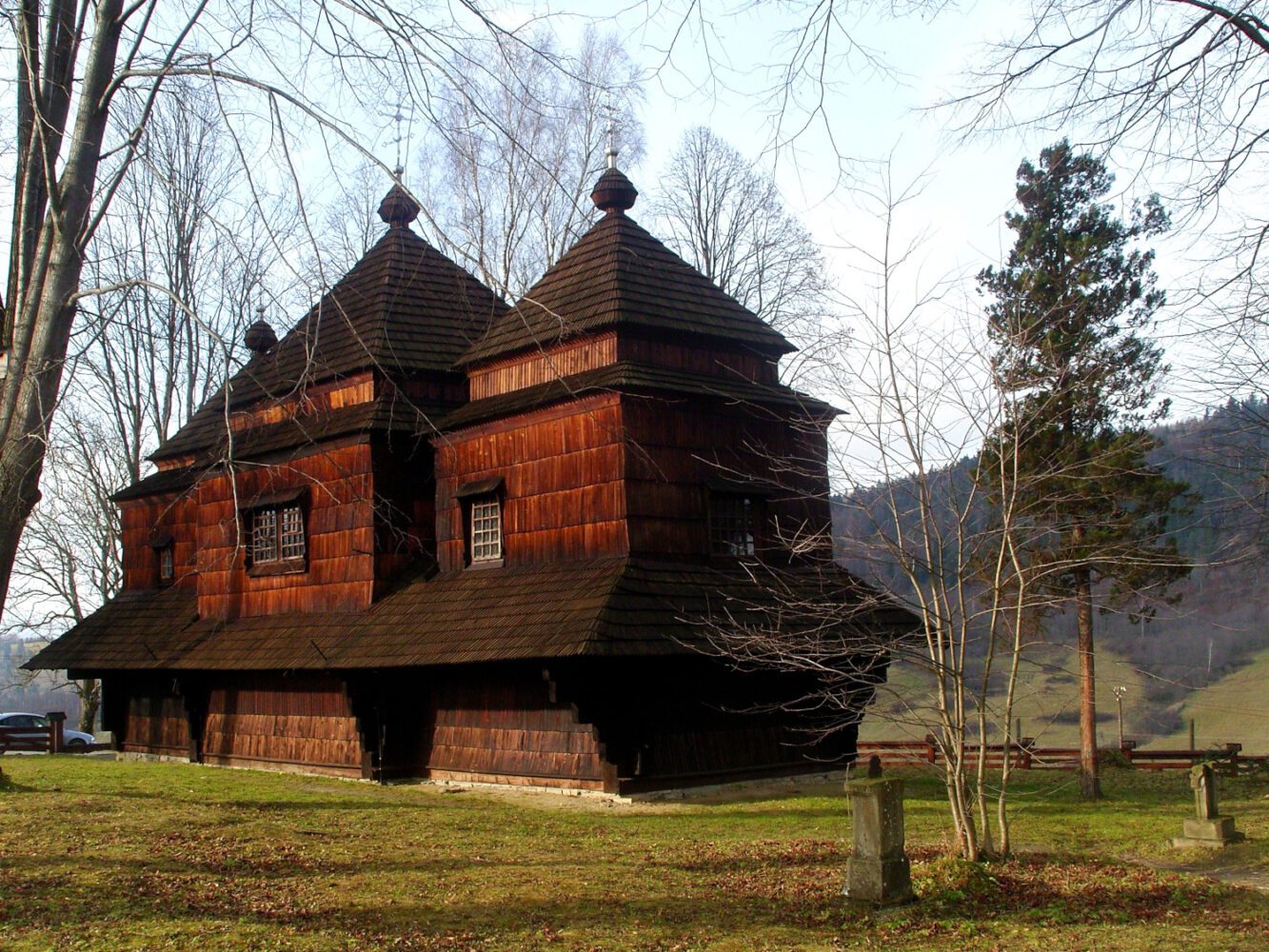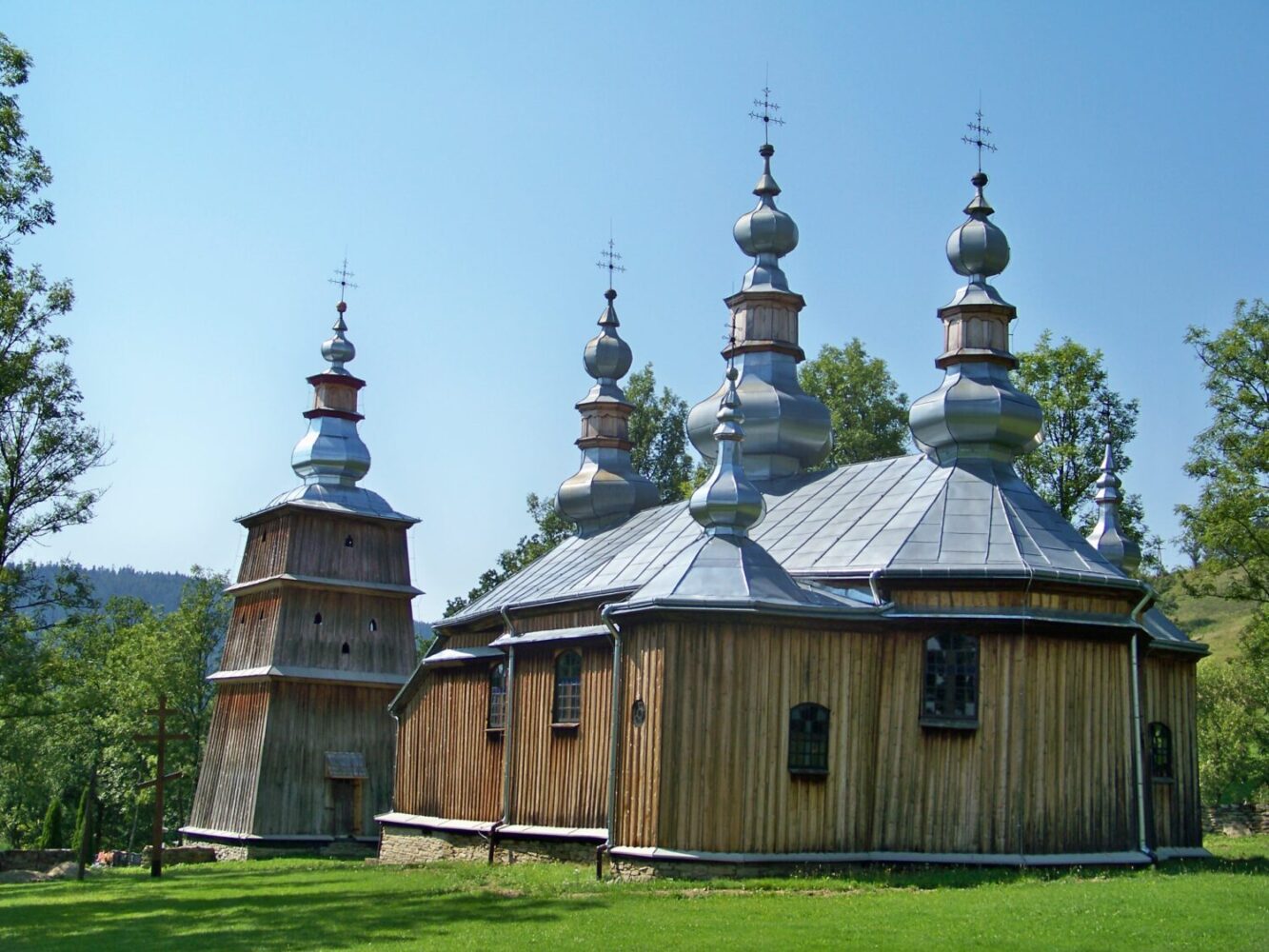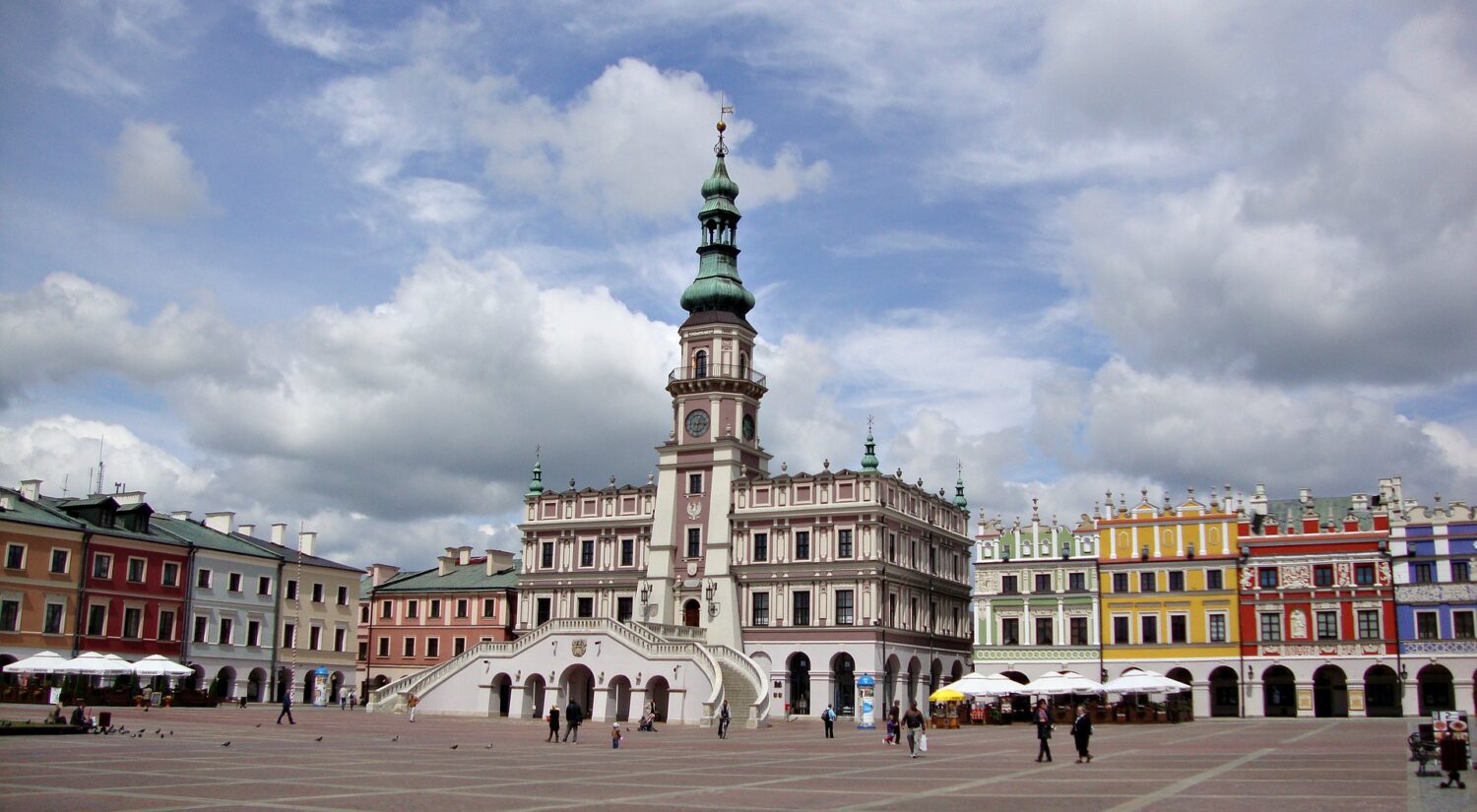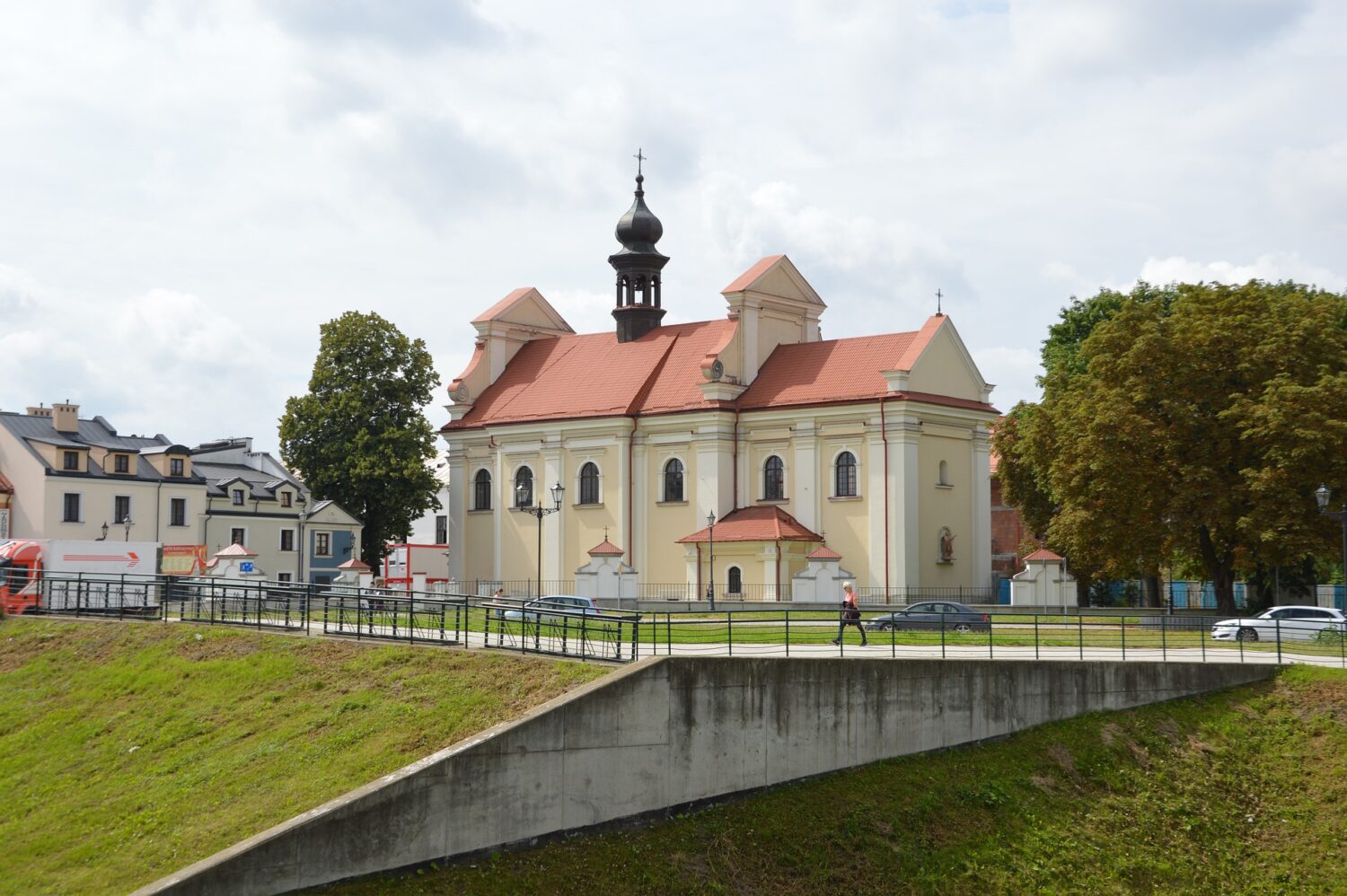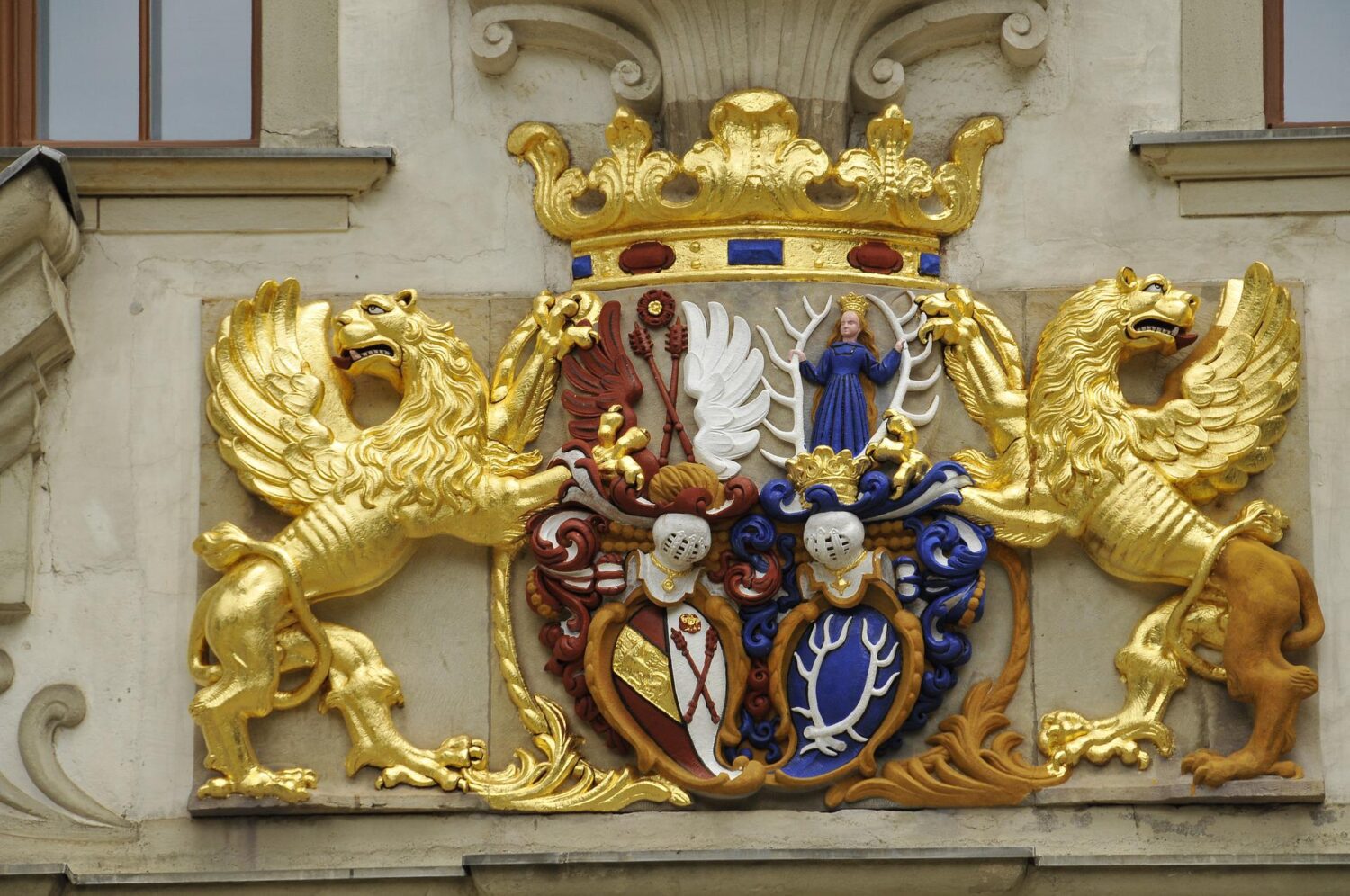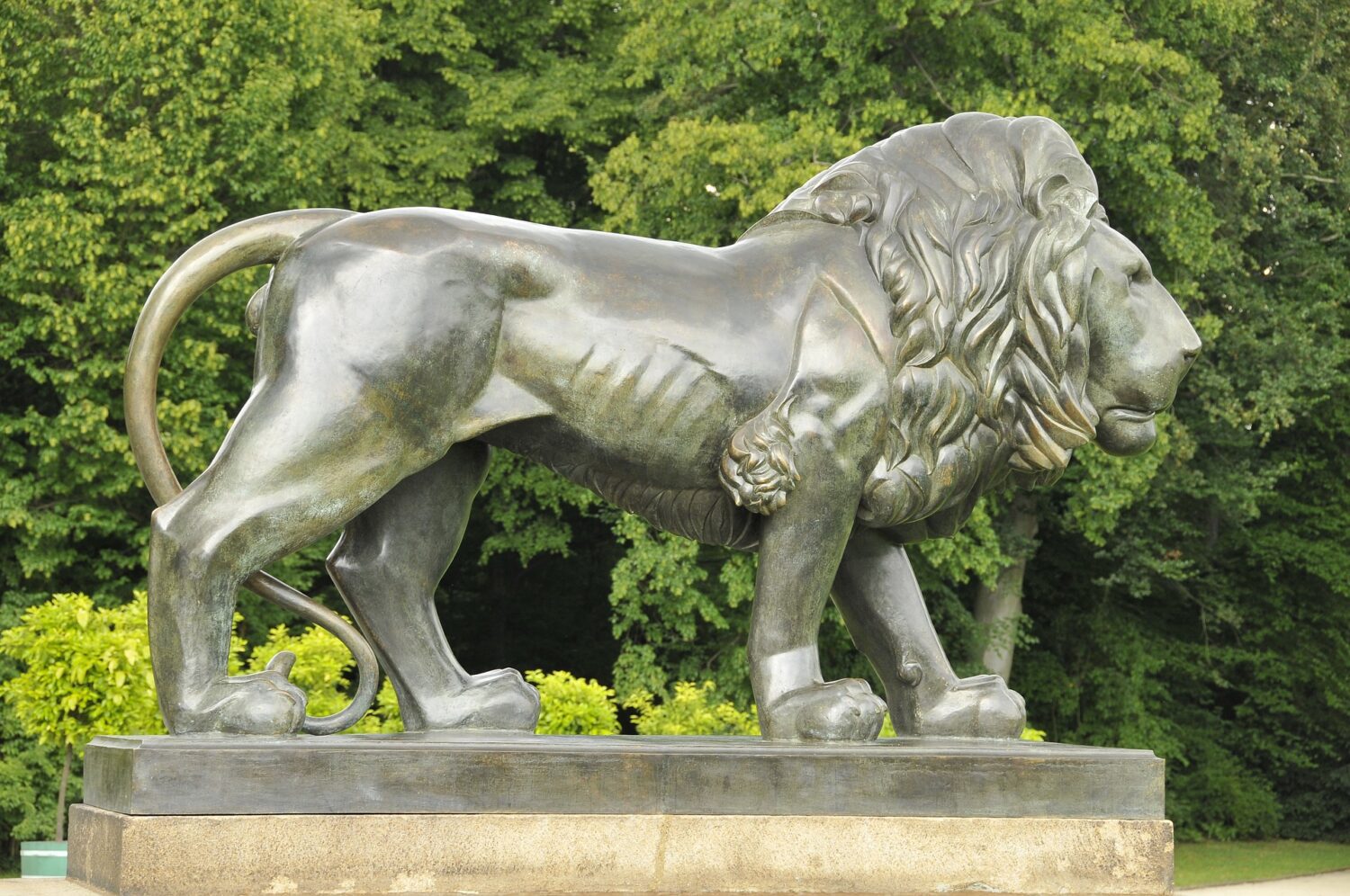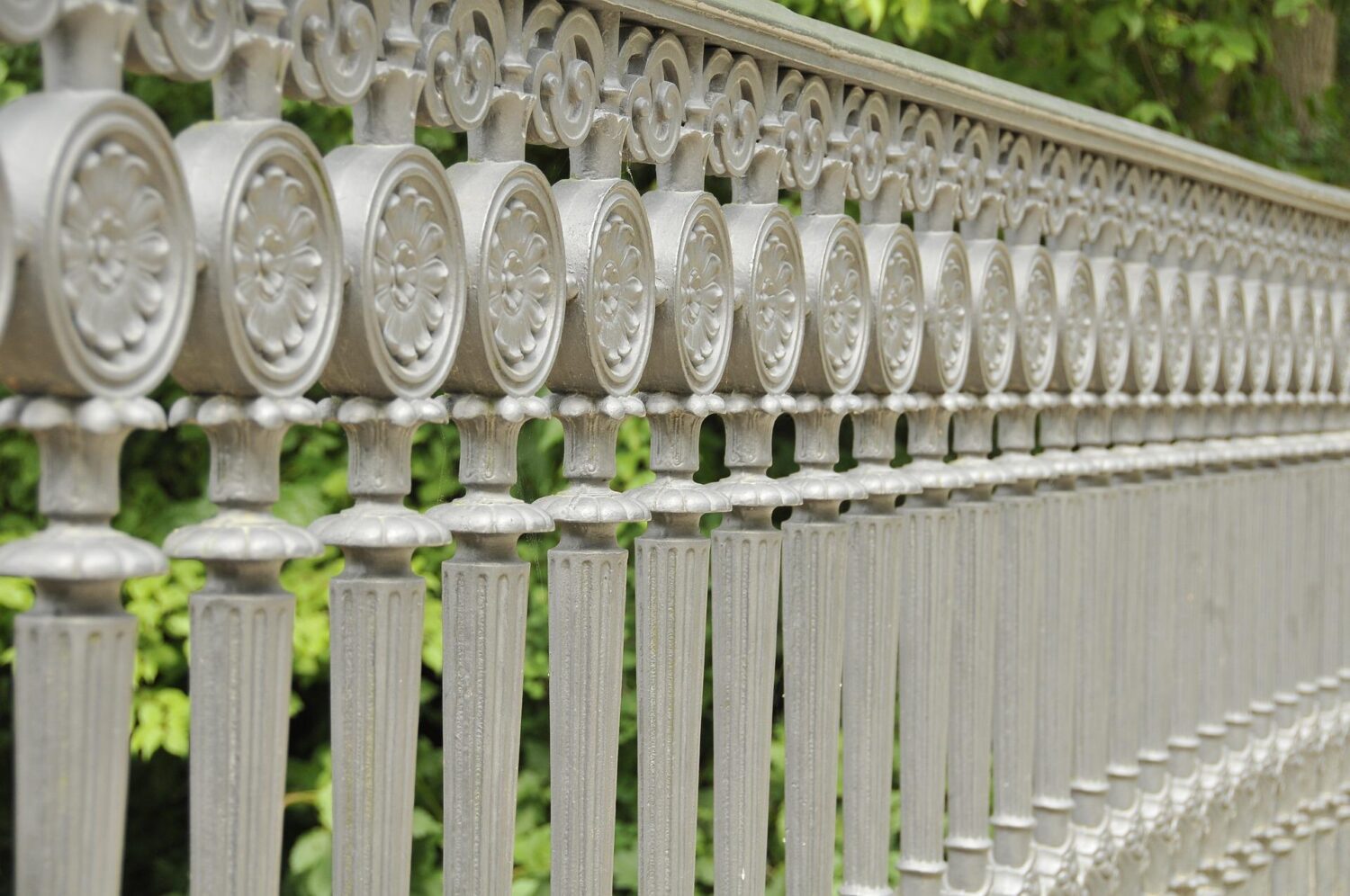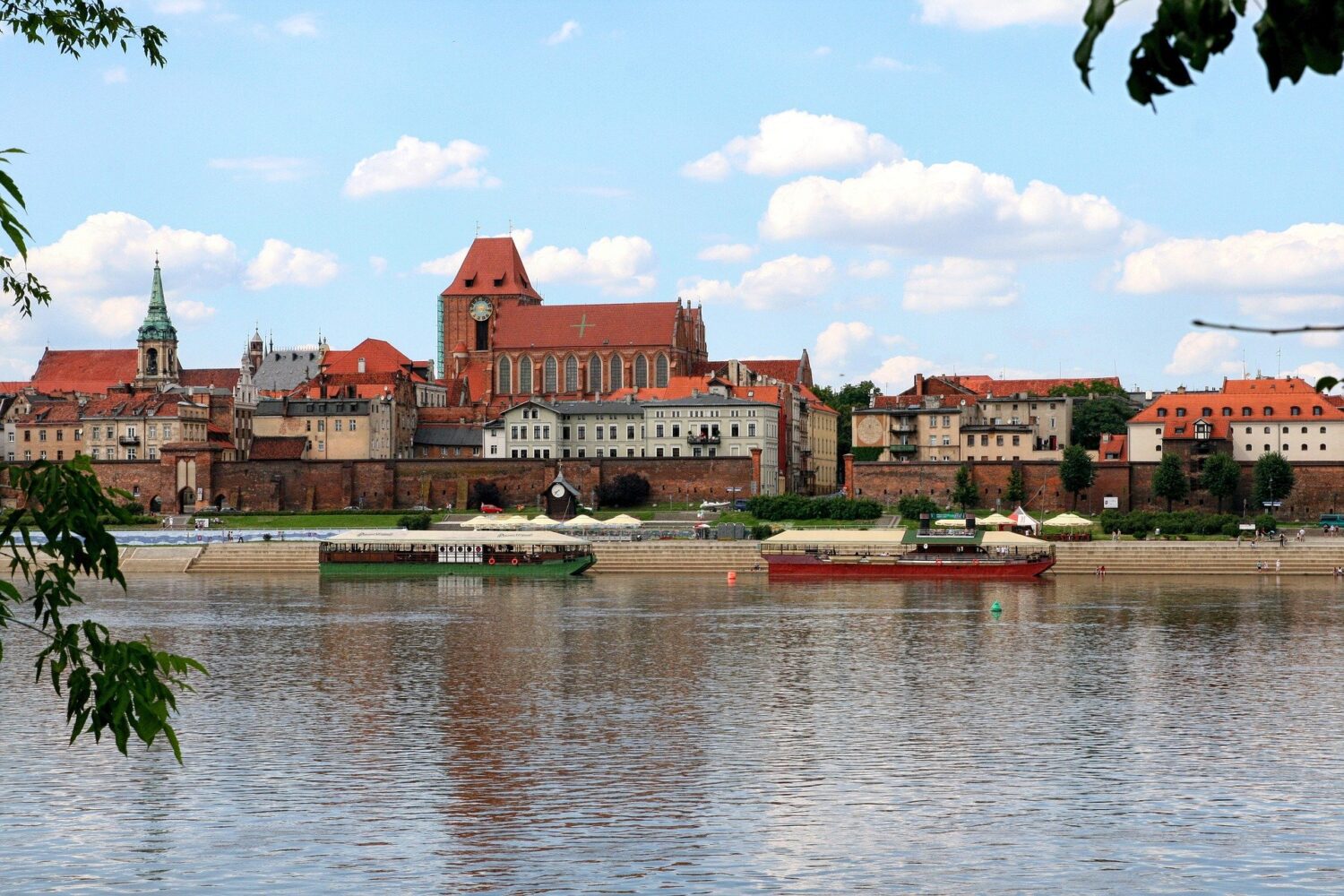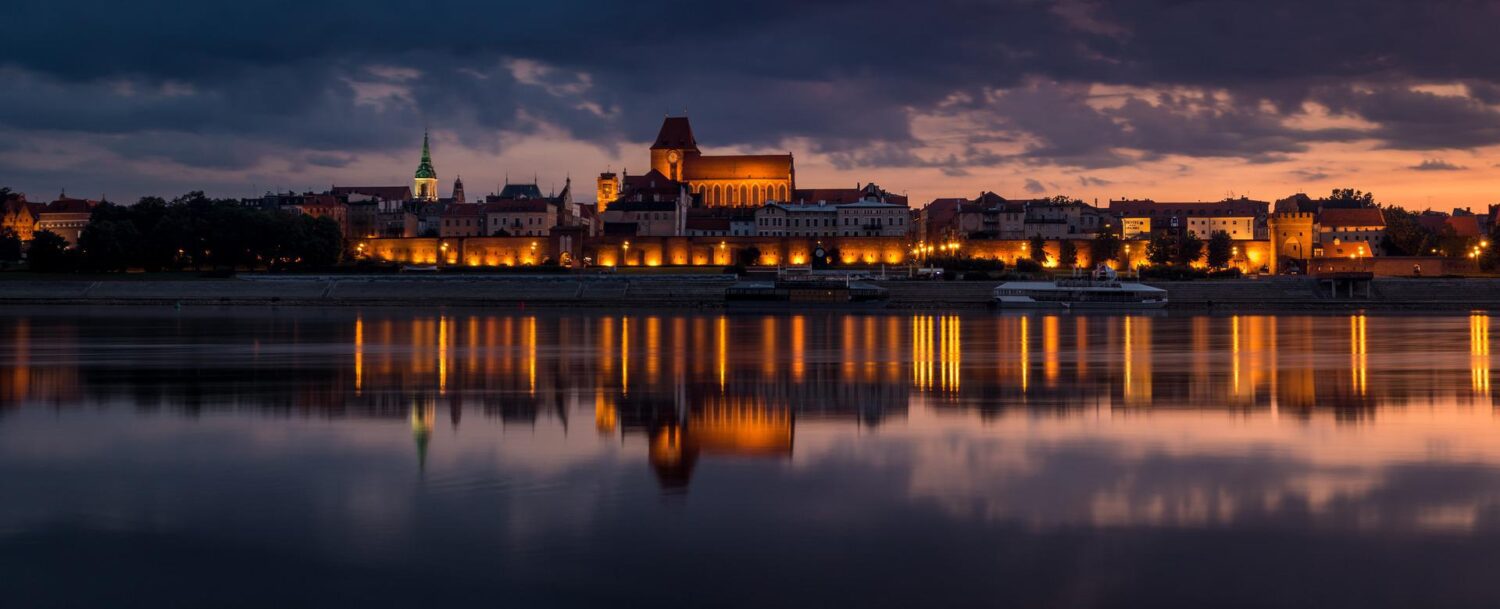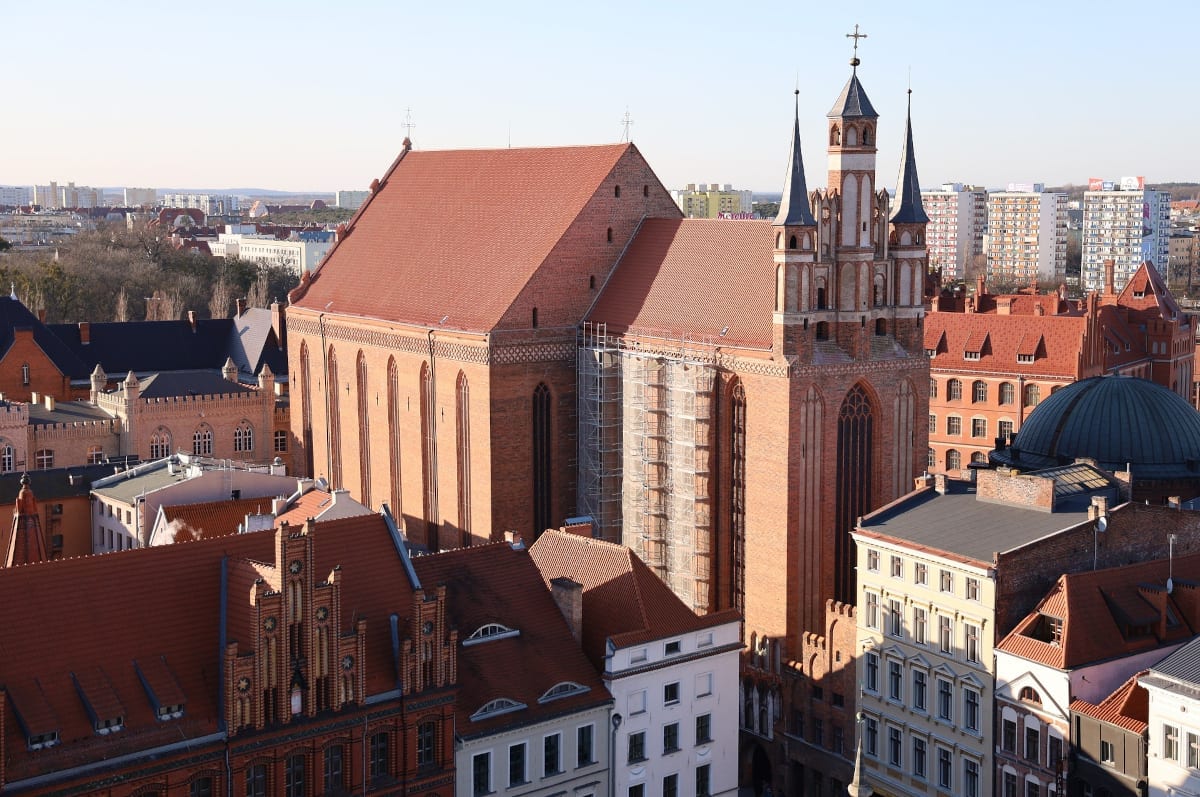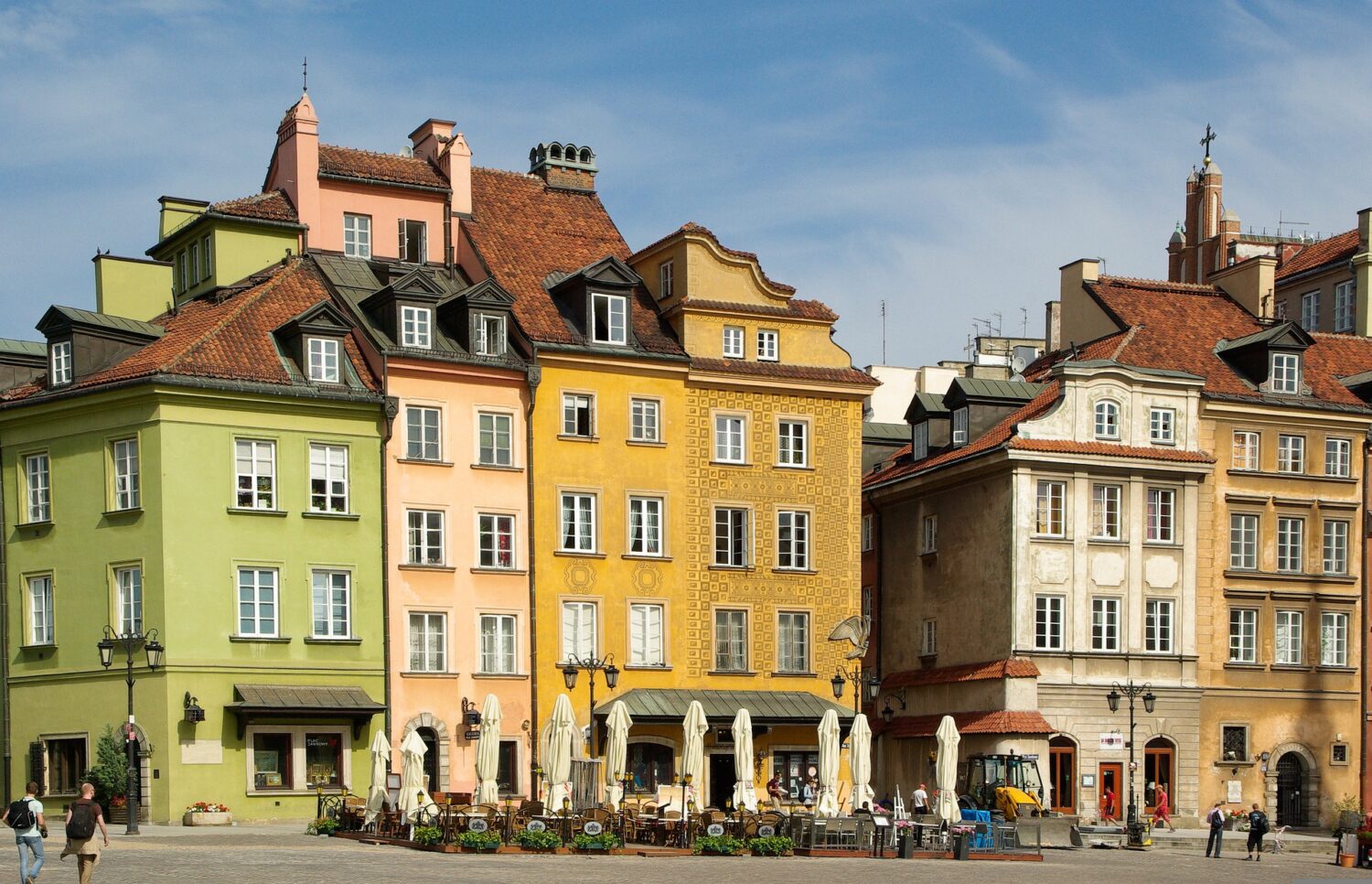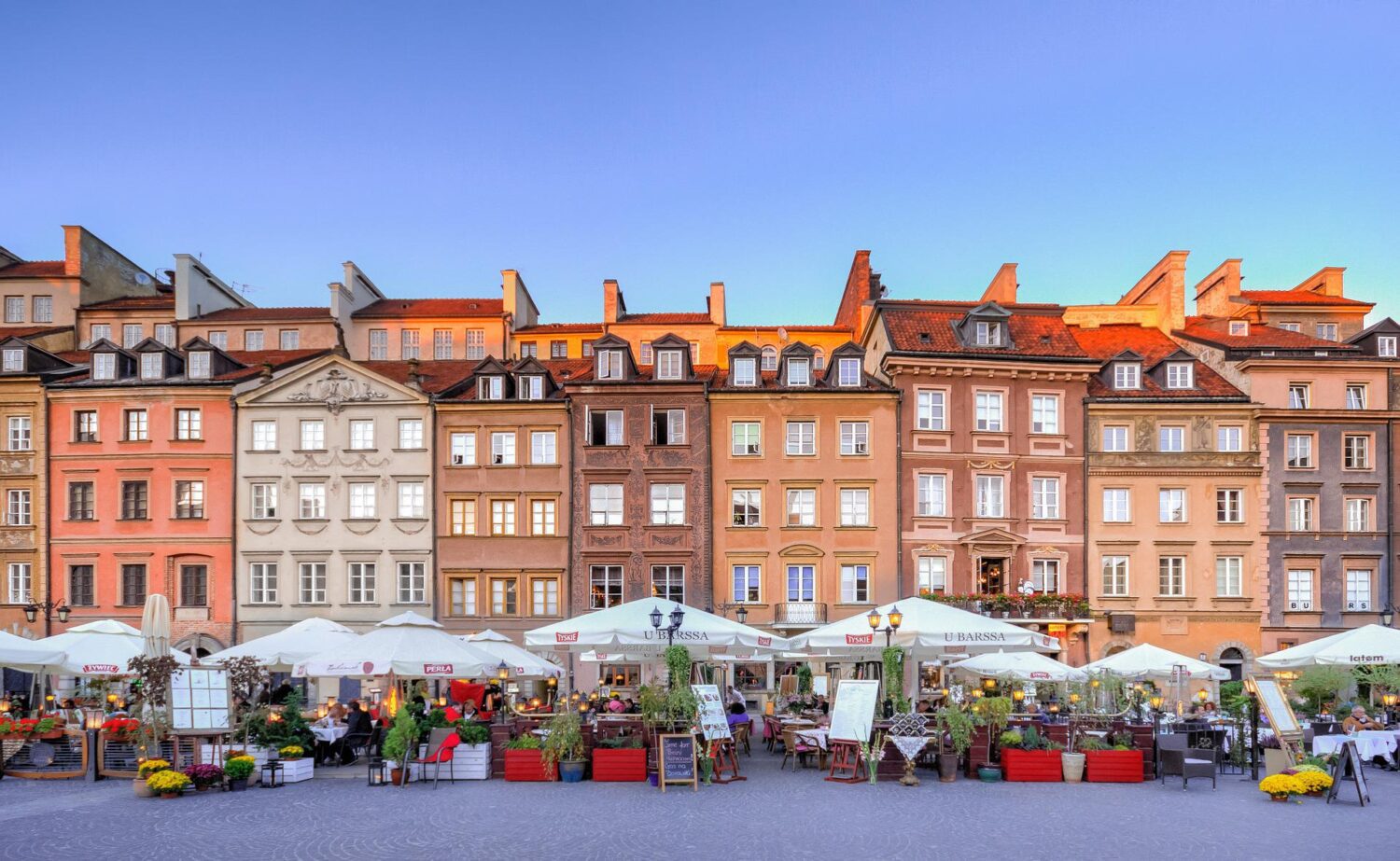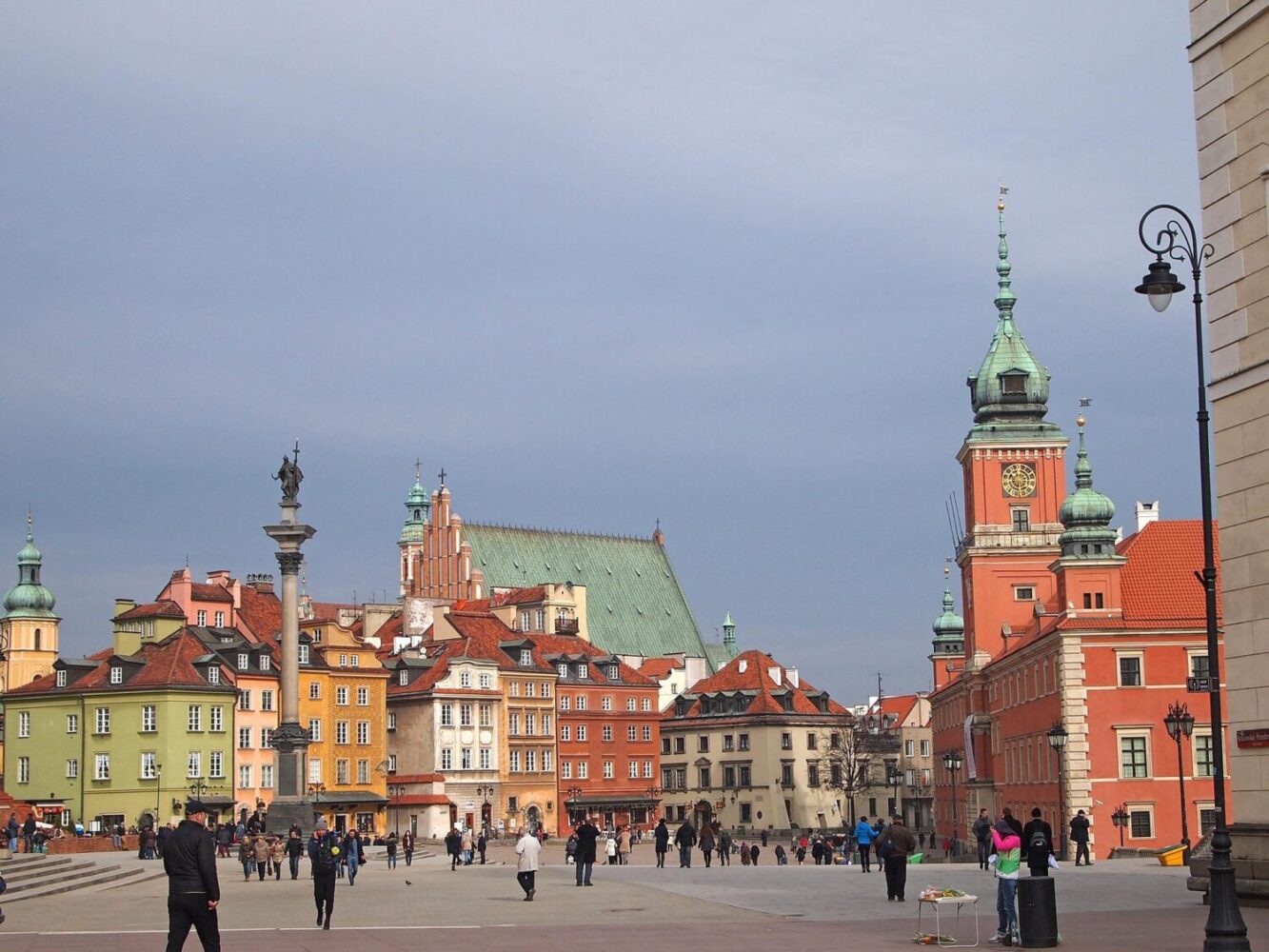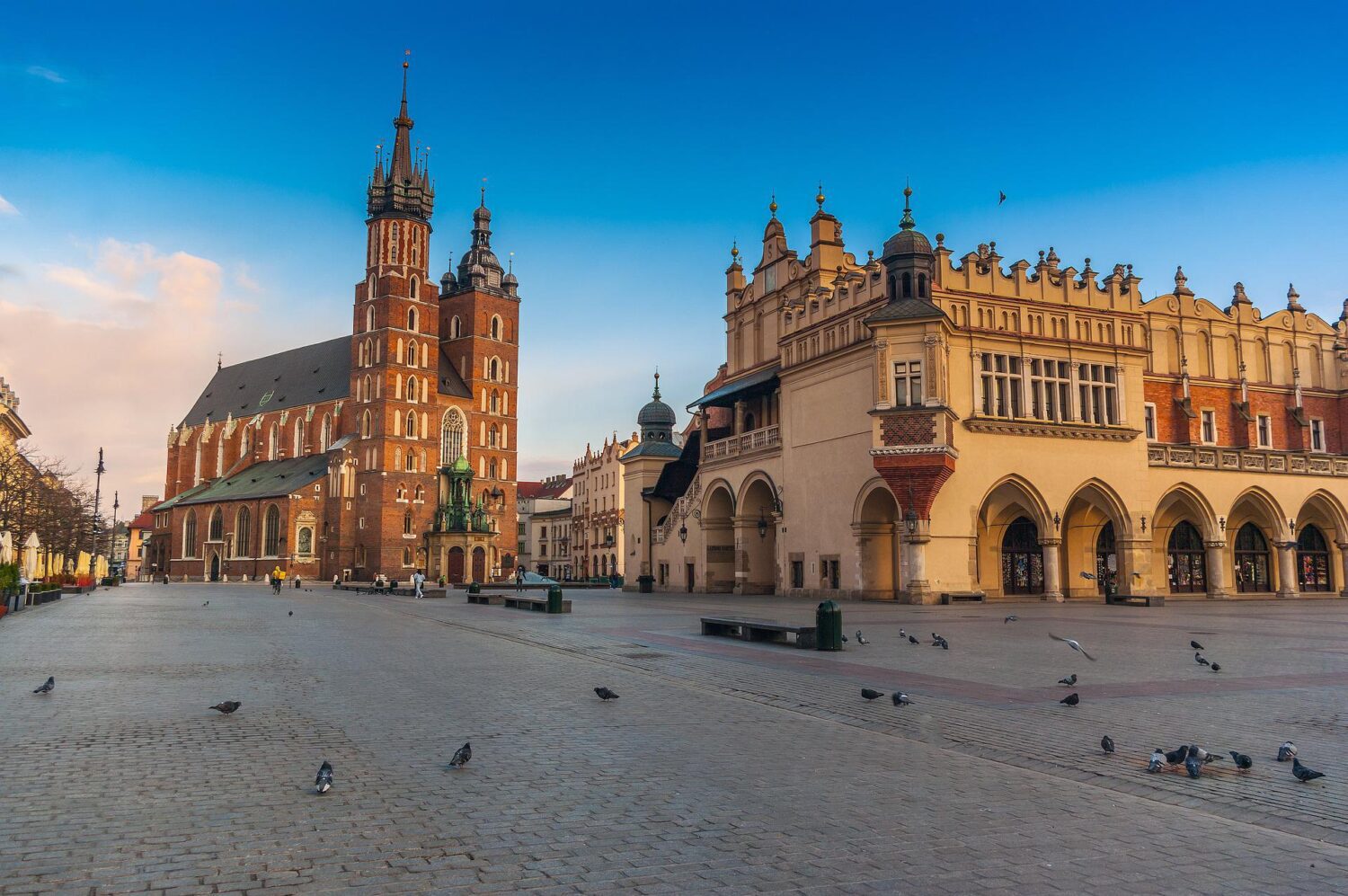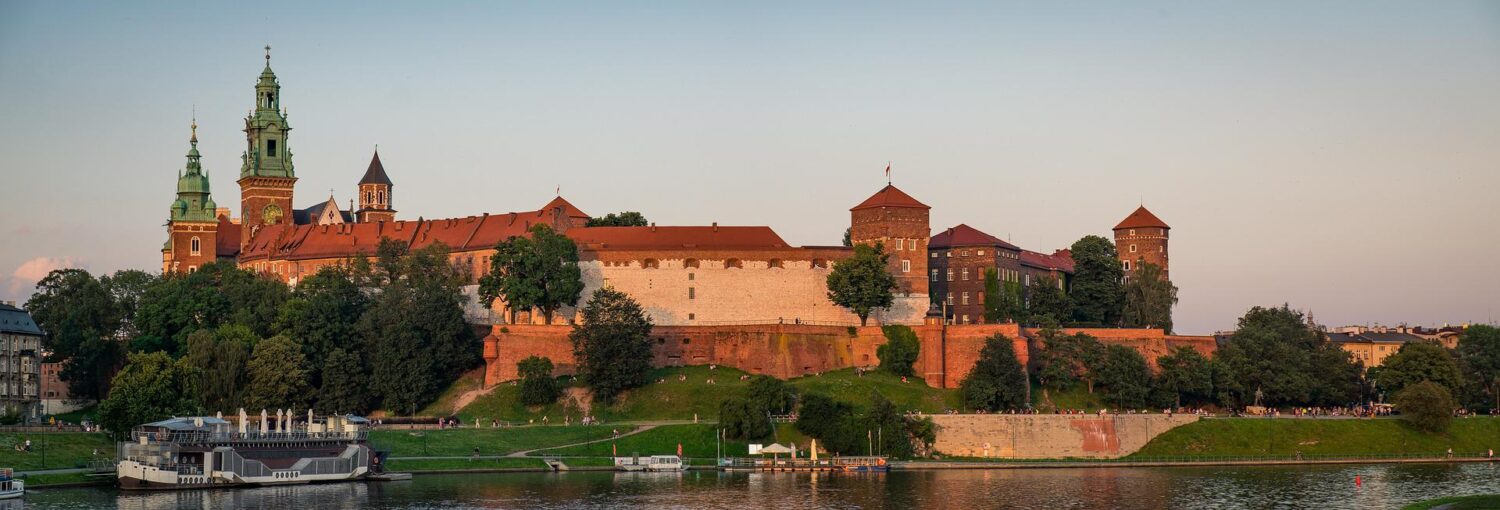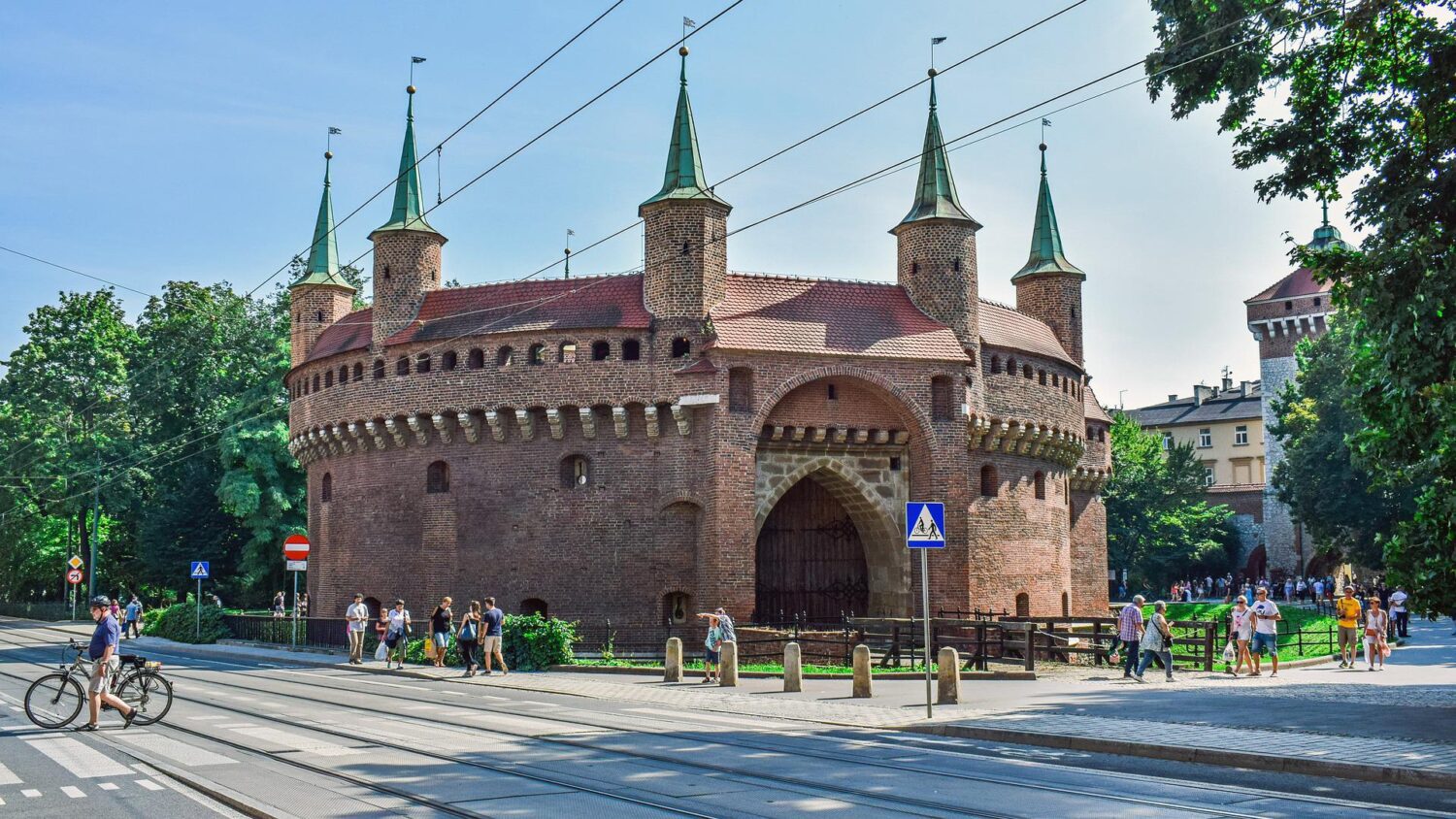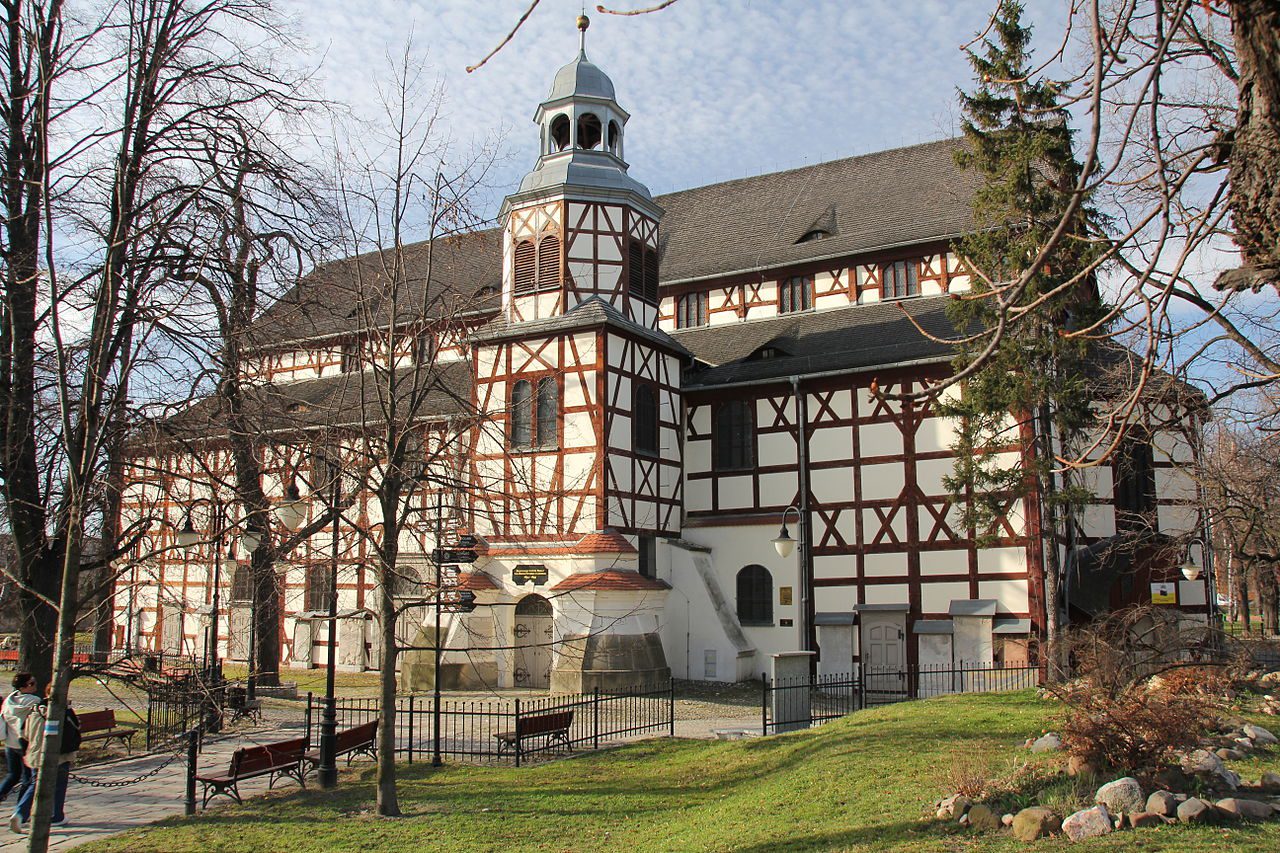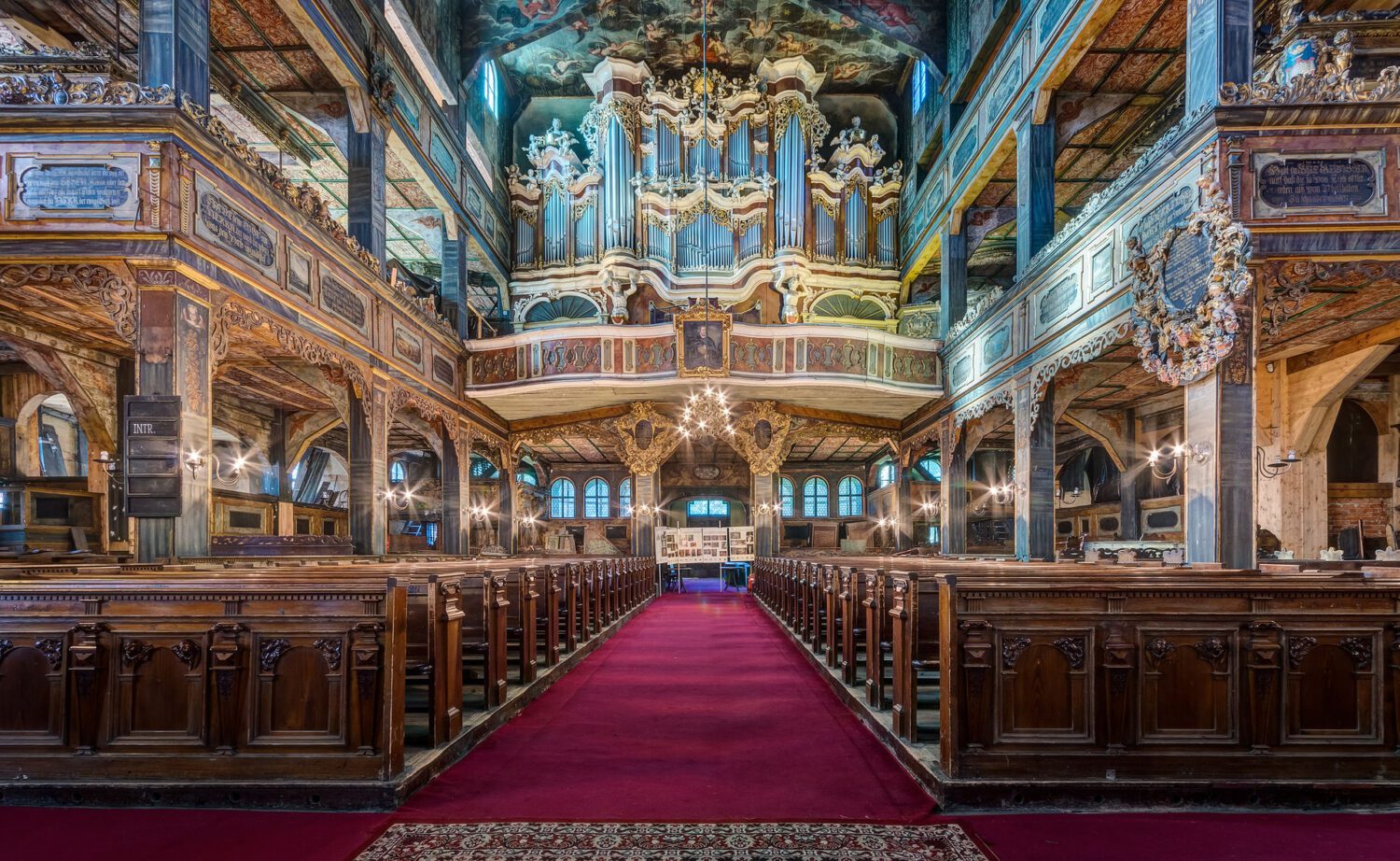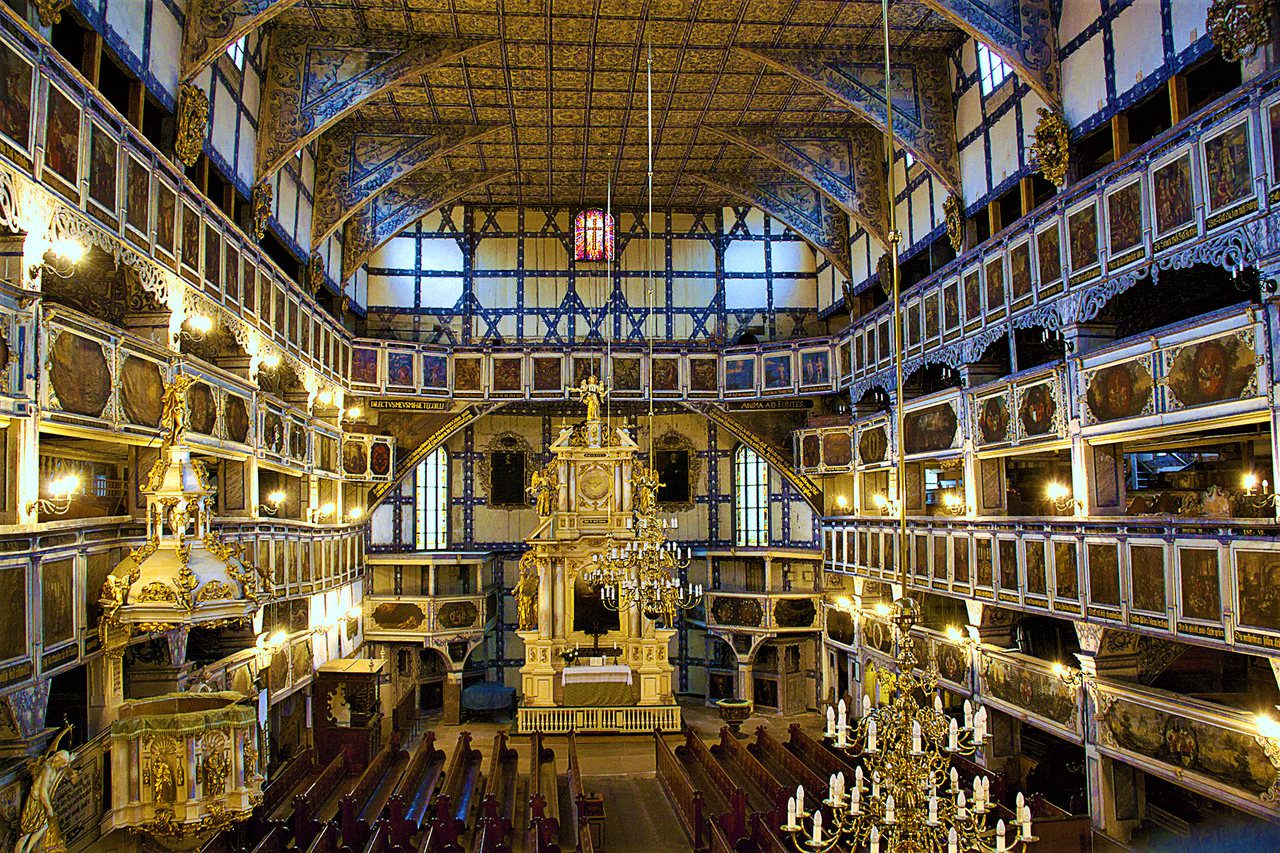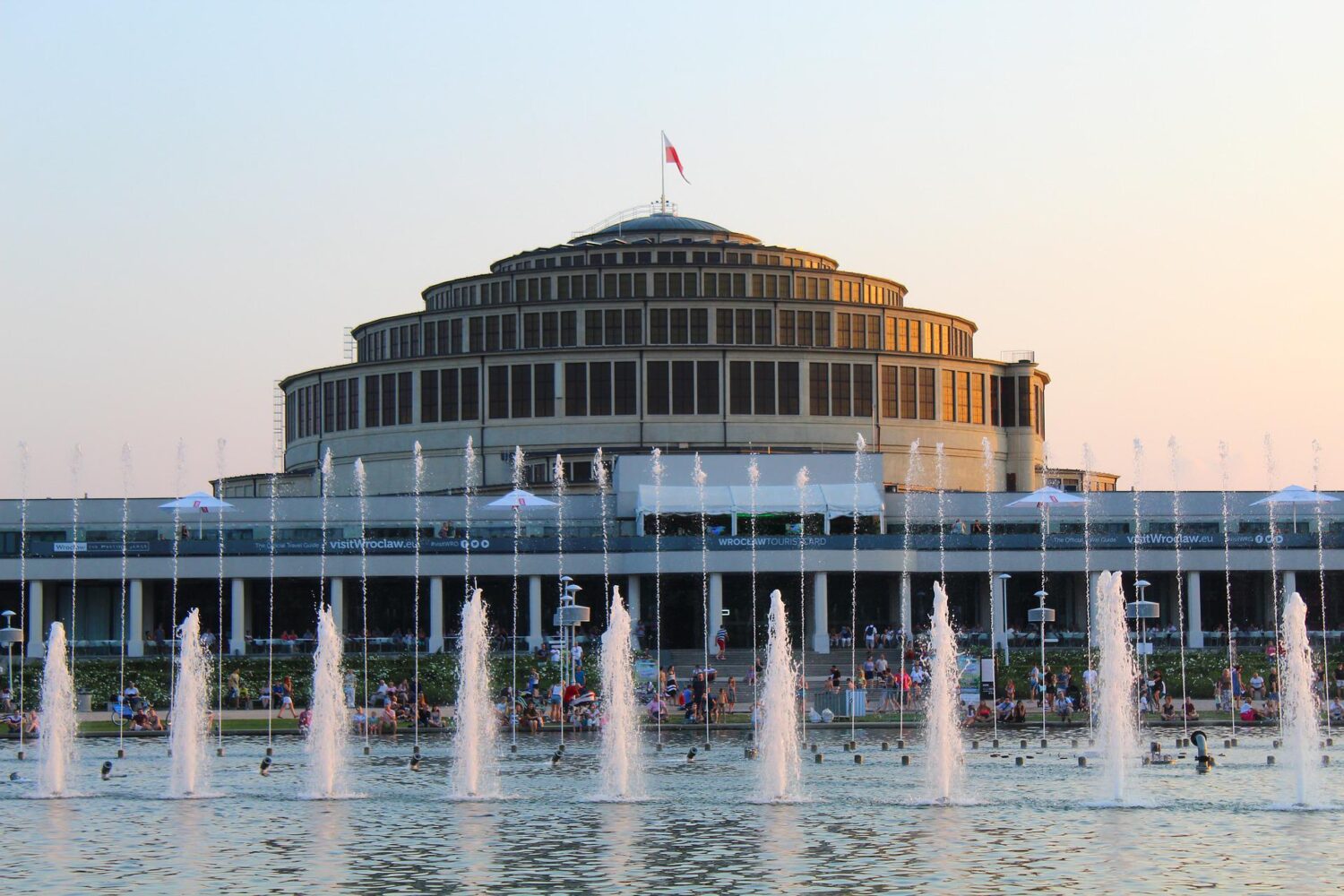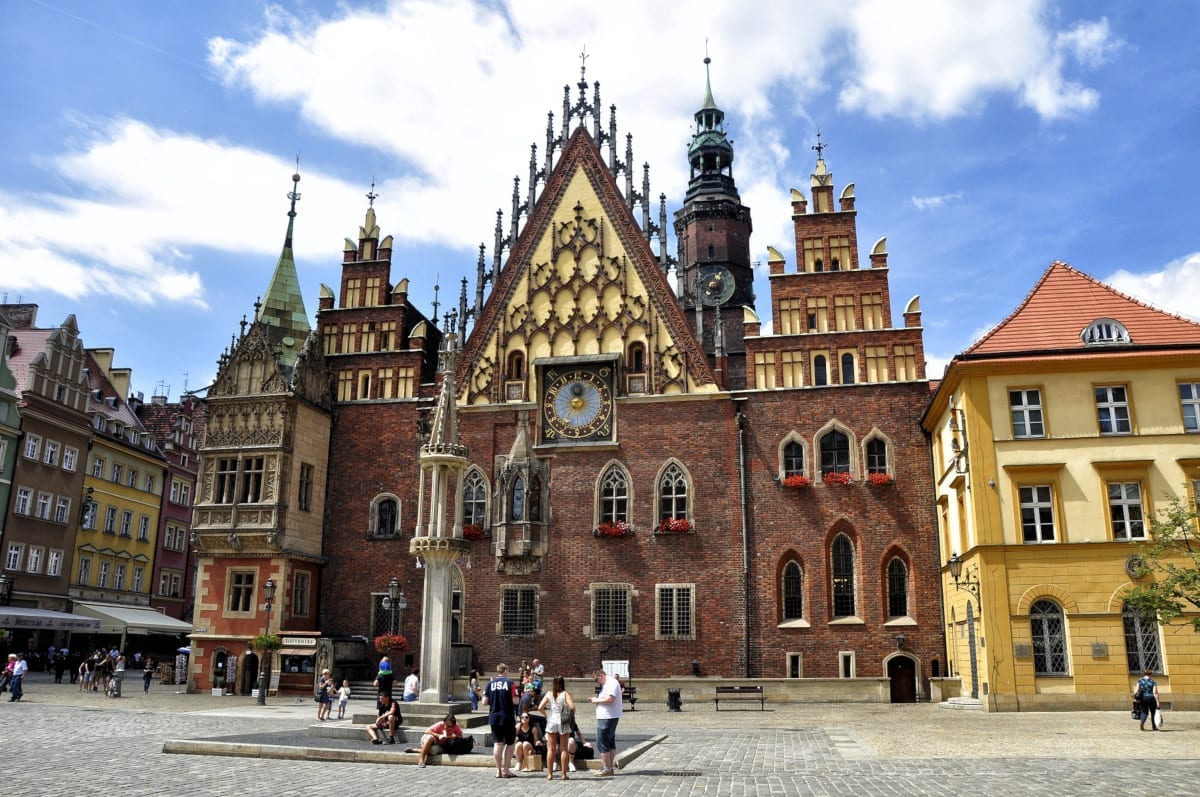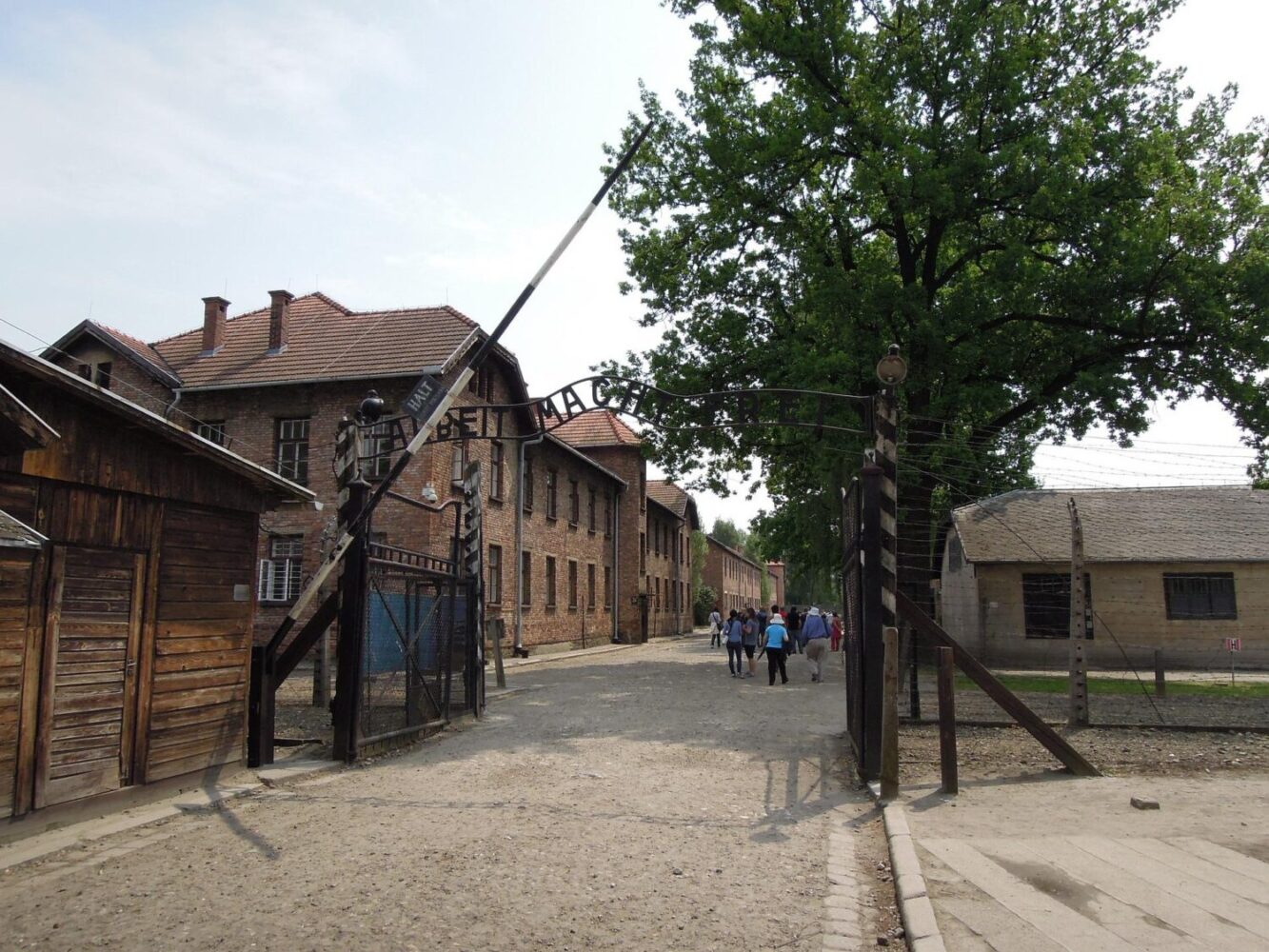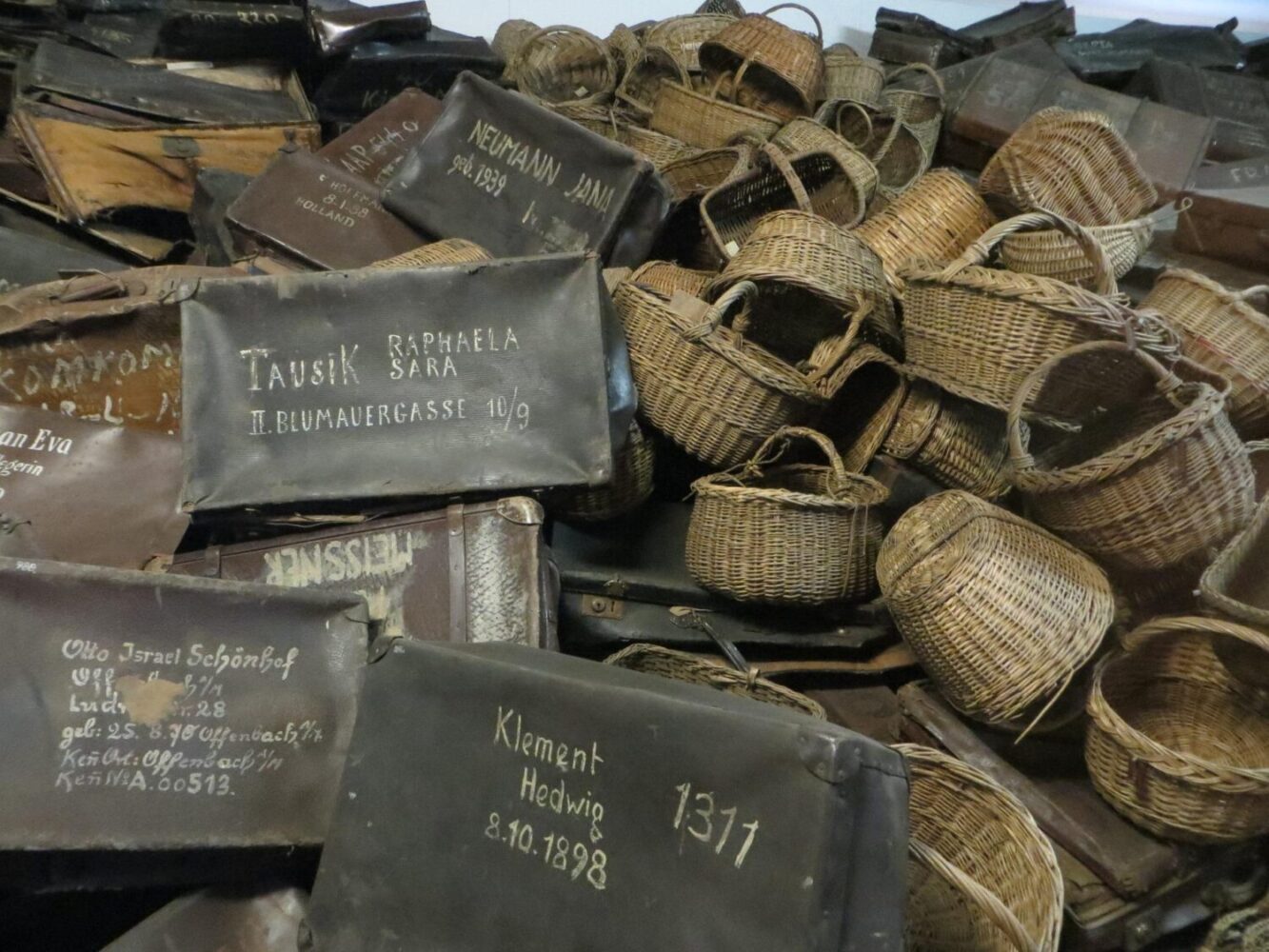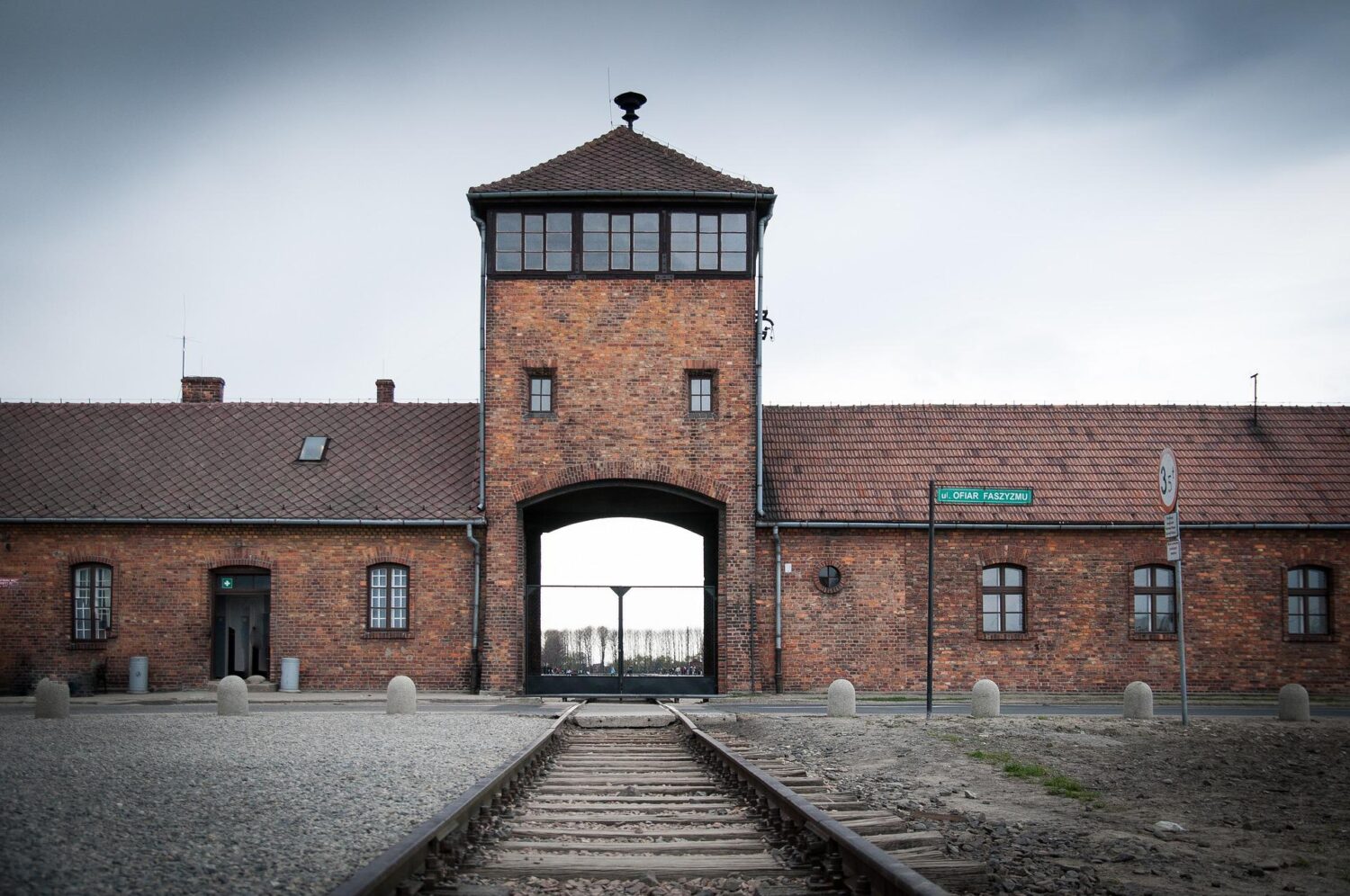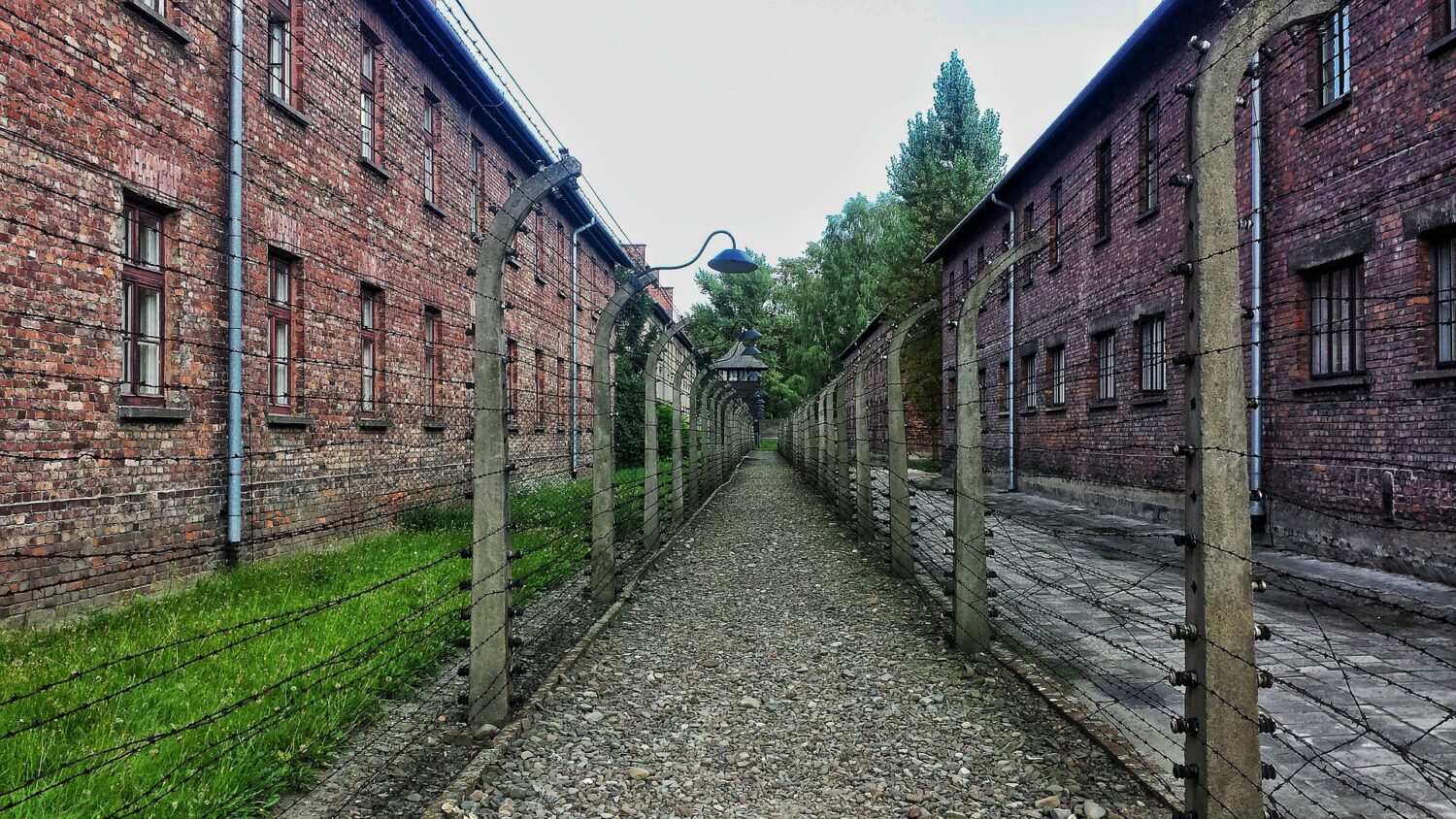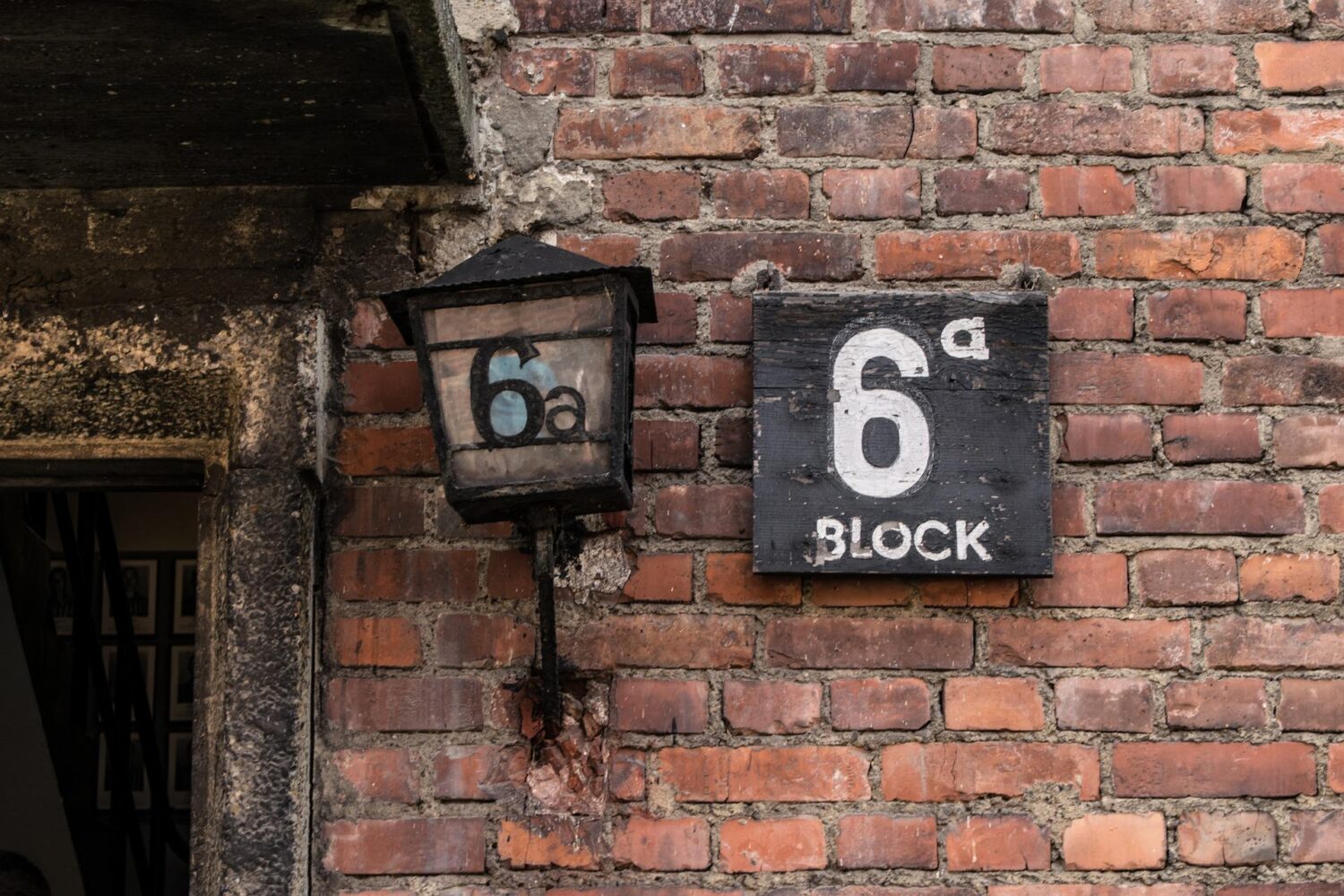Wooden Churches of Southern Malopolska
Wooden churches
Wooden churches – updated 10 January 2023.
The Wooden Churches of Southern Małopolska inscribed on the UNESCO World Heritage Site list are located in: Binarowa (ca 1500), Blizne (mid-15th century.), Dębno (1335), Haczów (14th/15th century), Lipnica Murowana (end of 15th century) and Sękowa (1520). They were built using the horizontal log technique and represent outstanding examples of the different aspects of medieval church-building traditions in Roman Catholic culture.
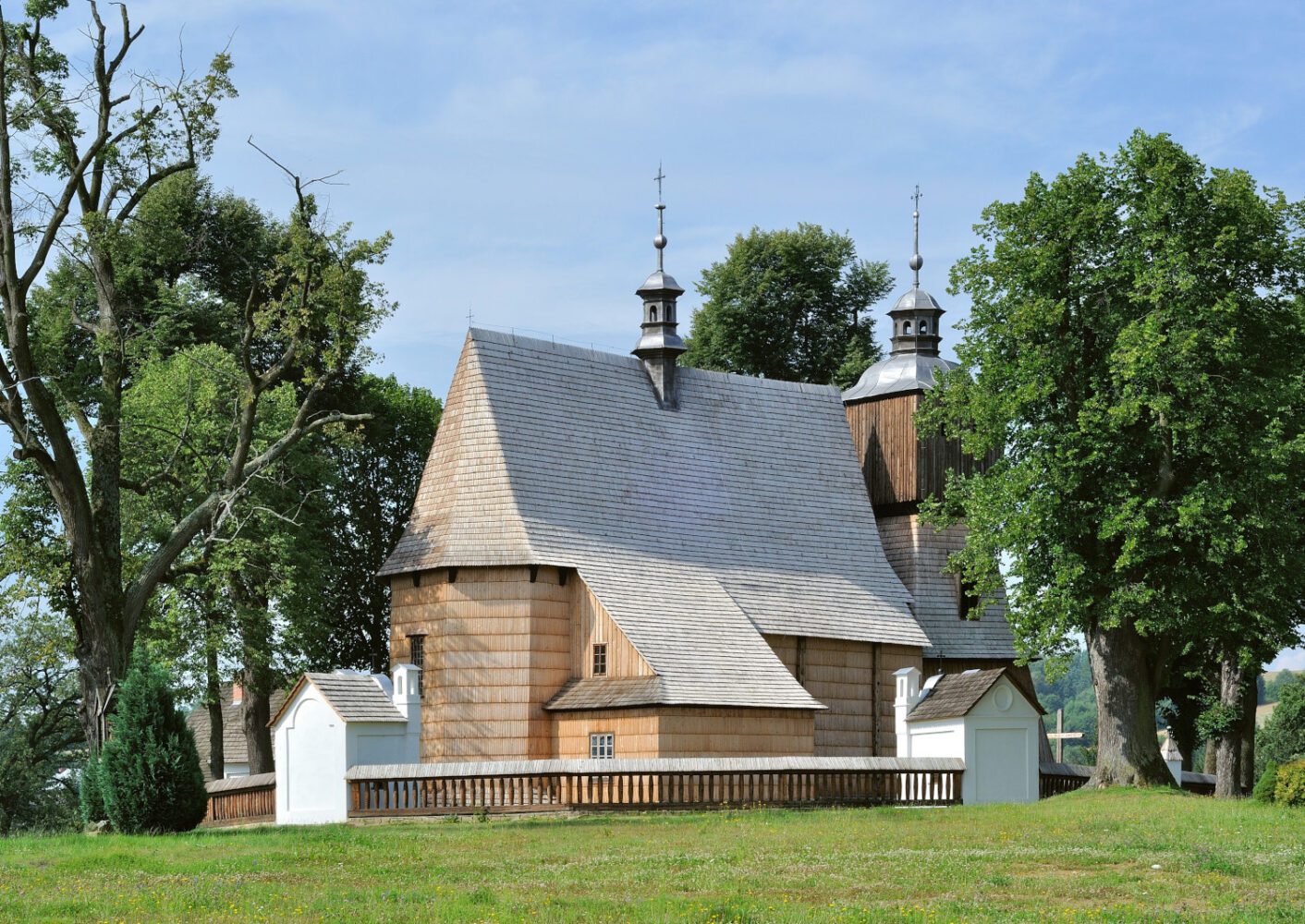
These old wooden Gothic churches were all located within the historic region of Małopolska in southern and south-eastern Poland and were sponsored by families of nobility as symbols of their prestige.
Horizontal Log Technique
The horizontal log technique was commonplace in Northern and Eastern Europe during the Middle Ages. The wooden church style of the region was Gothic ornament and painted detail and was very different to the style of stone and brick buildings at the time due to the timber construction, structure and form of the churches.
The form of the churches was influenced by the Greco-Catholic and Orthodox presence in the region. They had an extensive spatial structure initially consisting of a rectangular nave and a narrower chancel to the east, usually terminating in a three-sided apse. Chambered towers of post-and-beam construction were added at the west end later on.
Advanced joinery
The standard of joinery was of the highest quality and the use of advanced joinery solutions allowed for a system of roof trusses binding the log structures of the nave and chancel resulting in tall, shingled roofs.
The Wooden Churches of Southern Małopolska all exhibit diverse techniques and styles of workmanship, rich iconography, outstanding artistic quality and boast valuable décors and fittings.
The oldest church is the 15th century church in Haczów, made of fir-wood and covered with shingles.
The church at Binarowa boasts a very precious wall painting depicting scenes from the New Testament and a carved wood figure of Madonna from the 14th century.
The majority of the wooden churches are located in picturesque mountain valleys and the six trails on the Route of Timber Architecture in the Małopolska region are over 1500km long. They feature 232 timber constructions including 123 Roman Catholic churches, 39 Orthodox churches, 25 rural and small-town complexes, and 27 rural architecture museums that comprise 9 skansens and 14 country manors.
FAQ
Q: What are the Wooden Churches of Southern Malopolska?
A: The Wooden Churches are a group of 15 medieval churches that are located in the southern part of the Malopolska region of Poland. They are characterized by their unique wooden architecture and are considered to be some of the most valuable examples of medieval wooden church architecture in Europe. These churches were built by local communities in the 16th and 17th century, and are notable for their intricate and ornate design, as well as for their historical and cultural significance.
Q: What are the characteristics of these Wooden Churches?
A: These churches are characterized by their wooden structure and the ornate decorations on their exteriors and interiors. Many of them have tall spires, multiple towers, and richly decorated facades. They are usually painted in bright colors and adorned with intricate carvings and sculptures, depicting scenes from the Bible or local folklore. The interiors are usually decorated with biblical scenes and religious motifs, often painted in a vivid colors. The technical characteristics of these churches also make them interesting, many of them were built using the technique of log construction, but others were built using wooden frame construction, and they offer a great example of how these ancient techniques were used.
Q: How can I visit the Wooden Churches of Southern Malopolska?
A: The churches are open to visitors and can be visited during the daytime. The opening hours of the churches vary, so it is best to check the information on the official website or contact the church directly for more information. Some of the churches are located in remote areas and are difficult to reach by public transportation, so it is recommended to have your own means of transportation, or to consider joining a guided tour.
Q: Are there any guided tours available?
A: Yes, there are several tour companies that offer guided tours of the Wooden Churches of Southern Malopolska. These tours typically include visits to several of the churches, and provide visitors with an in-depth look at the history, architecture and cultural significance of the churches. Some tours also include other nearby attractions, such as castles and historical towns, which can give visitors a more comprehensive understanding of the region’s culture and history.
Q: Are there any other nearby attractions?
A: Yes, there are several other notable attractions in the southern Malopolska region, including:
- The Castle of Sandomierz, which is a medieval castle that is located in the town of Sandomierz.
- The Sanctuary of Divine Mercy, which is a modern pilgrimage site that is located in the town of Krakow-Lagiewniki.
- The Sanctuary of Our Lady of Kalwaria Zebrzydowska, which is a beautiful baroque pilgrimage site that is located in the town of Kalwaria Zebrzydowska
- The Eagle Nests Trail, a beautiful hiking trail that runs through the region, passing by several castles and offering panoramic views of the countryside
- The Salt Mine in Wieliczka, one of the most visited site in the region, a unique subterranean complex with a rich history dating back to the Middle Ages.
Wooden Churches Tour
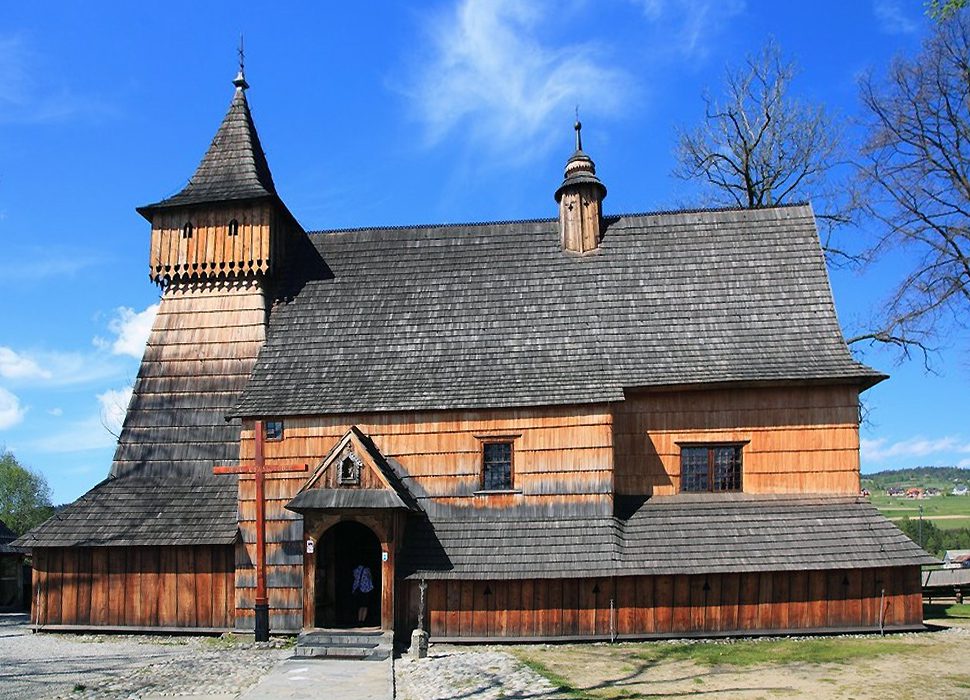
What to expect from this tour
Highlights
- Discover 4 UNESCO-listed wooden churches on a guided tour
- Learn about the historical and cultural significance of these Gothic churches
- Drive through villages of Lesser Poland and take in the Polish landscape
Description
Learn about the gems of Polish wooden architecture outside of Kraków. Visit several villages to see the collection of Gothic wooden churches designated UNESCO World Heritage sites.
Your guide/driver will pick you up at 8:00 AM from your accommodation in Kraków. The first town you will visit is Lipnica Murowana to see St. Leonard’s Church, which was built at the end of 15th century. This is 1 of 6 churches designated a UNESCO Wooden Church of Southern Lesser Poland.
Continue on to see 2 more churches on this UNESCO list, starting with St. Michael Archangel’s Church in Binarowa. This church, completed in 1500, features one of the most valuable appearances of late Gothic architecture in Poland. The third stop on the route is the village of Sękowa. See another example of Gothic wooden architecture at Saints Philip and James Church, built around 1520. This church is often named the “Pearl of Beskid Niski” due to its unique architecture.
Finally, head to Owczary, the last stop on the tour, where the Orthodox Protection of Our Most Holy Lady Church is located. Erected in the middle of the 17th century, this is one of the oldest Lemko churches and is listed on another UNESCO list: Wooden Tserkvas of the Carpathian Region in Poland and Ukraine. After touring these 4 remarkable, historical churches, return to Kraków where you will be dropped off at your accommodation.
Includes
- Entrance fees
- Driver/Guide
- Pickup and drop-off
- Transport by air-conditioned minibus
